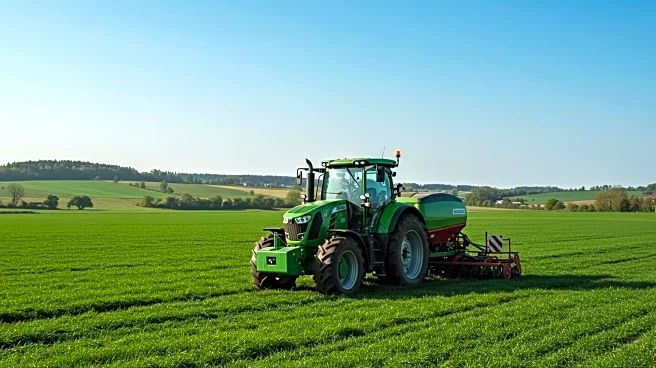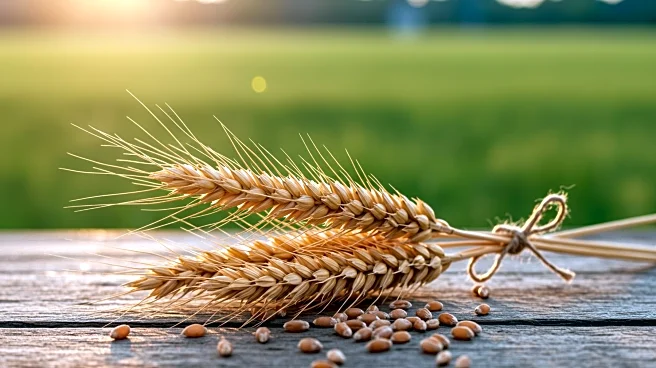Rapid Read • 8 min read
California is leading the nation in agricultural diversity and innovation, particularly through advancements in vertical farming. By 2025, vertical farms are expected to contribute over 13% of the state's leafy greens supply. The state continues to produce a wide array of crops, including almonds, pistachios, grapes, strawberries, and lettuce, with significant contributions from both traditional and vertical farming methods. Innovations in pest management and irrigation practices are enhancing yields and quality, while controlled environment agriculture is reducing water and resource use. Despite challenges such as droughts and labor shortages, California's agricultural sector remains at the forefront of global markets.
AD
California's agricultural innovations are crucial for maintaining its leadership in the U.S. food system, which accounts for nearly half of the country's fruit, nut, and vegetable production. The state's focus on sustainable practices and technology integration is essential for addressing climate change and resource limitations. Vertical farming, in particular, offers solutions to urbanization pressures and water scarcity, providing year-round production with minimal land use. These advancements not only secure California's position in national and international food security but also support economic growth through exports and job creation.
The continued expansion of vertical farming in California is expected to diversify crop offerings and increase export opportunities. As urbanization limits new farmland, high-efficiency vertical farms will become increasingly important. Investments in robotics and mechanization are anticipated to address labor shortages, while climate-smart technologies will help manage water resources and adapt to unpredictable weather patterns. The state's commitment to sustainability and technological advancement will likely drive further improvements in agricultural practices and market impact.
California's agricultural sector is embracing precision agriculture and real-time monitoring technologies, such as satellite and IoT sensors, to optimize resource use and reduce environmental impact. Blockchain traceability is enhancing supply chain transparency, ensuring authenticity and consumer trust. These innovations are not only improving efficiency but also positioning California as a leader in sustainable agriculture practices, which are critical in the face of climate uncertainty.
AD
More Stories You Might Enjoy












